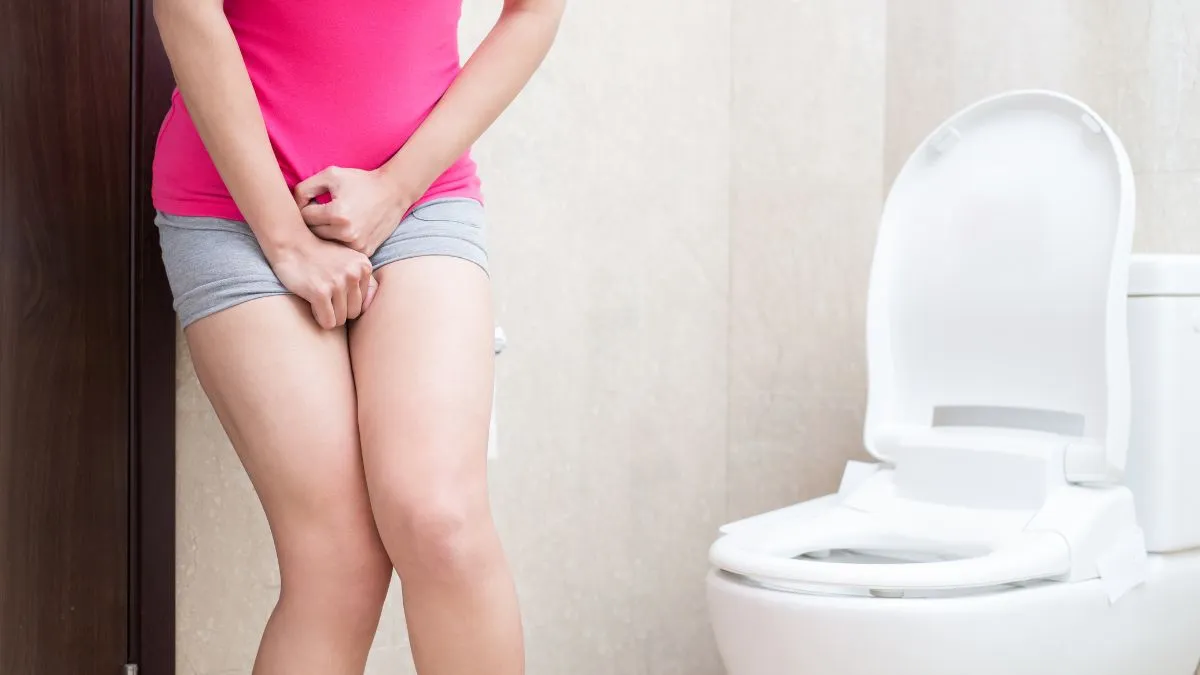For many people, urinary discomfort is immediately linked to a urinary tract infection (UTI). The burning sensation, frequent urge to urinate and pelvic pain often seem like textbook UTI symptoms, leading to a quick prescription for antibiotics. But what happens when those antibiotics don’t work, or the symptoms keep coming back despite repeated treatments? In some cases, the real culprit isn’t an infection at all, but a chronic bladder condition known as interstitial cystitis (IC), which requires a very different approach to management.
Often called “the great imitator,” interstitial cystitis is frequently mistaken for recurrent UTIs because of the striking overlap in symptoms. However, unlike a UTI, IC is not caused by bacteria and won’t improve with antibiotics. This misdiagnosis can leave patients frustrated, in pain, and without the right care for months or even years. In conversation with The Daily Jagran, Dr. Raghavendra Kulkarni, Consultant Urologist, Asian Institute of Nephrology and Urology, Secunderabad, reveals the difference between the two conditions and how proper treatment can improve the quality of life.
Difference Between Urinary Tract Infection And Interstitial Cystitis
A urinary tract infection (UTI) is an infection of the urinary tract. UTI can be either an infection of the upper urinary tract or of the lower urinary tract. In comparison to males, females are more commonly affected. On the contrary, Interstitial cystitis (IC), also known as Bladder pain syndrome (BPS), is a chronic condition that usually affects only the urinary bladder. However, as with UTI, IC also affects females more commonly. The symptoms of lower tract UTI and those of IC can mimic each other. Due to symptom overlap and lower prevalence of IC, overlooking the diagnosis of IC for UTI is a very common occurrence.
ALSO READ: Is Frequent Urination A Sign Of Urinary Tract Dysfunction? Know From Expert
Symptoms, Diagnosis And Treatment
In daily clinical practice, UTI is a very commonly treated condition. The typical symptoms of lower urinary tract UTI are painful urination/dysuria, burning urination, urinary frequency & urgency, suprapubic region pain and haematuria (blood in urine). Dr. Raghavendra Kulkarni states, “In IC / BPS, common symptoms are pelvic region pain, urgency, frequency, nocturia, suprapubic region pain – that is more during bladder filling and is partially relieved after bladder emptying.”
UTIs are generally uncomplicated UTIs that occur in healthy individuals without structural abnormalities in the urinary tract or significant co-morbid conditions. Uncomplicated UTIs are also referred to as cystitis. The majority of uncomplicated UTIs resolve spontaneously without treatment; however, for symptom relief, patients tend to consult a physician. Dr. Raghavendra Kulkarni mentions, “The aim of the treatment is prevention of infection from spreading to the kidneys that can potentially damage the delicate nephron structure in the kidney.”
UTI diagnosis is based upon the typical symptom complex and corroborating urinalysis. Urinalysis consists of a complete urine examination & urine culture/sensitivity. Culture & sensitivity determine the nature of bacteria causing UTI and the antibiotic options that would potentially cure the infection. Should the infection be treated inadequately or be treated with an inappropriate antibiotic, the bacteria become dormant and the symptoms tend to improve. But these bacteria relapse. These relapses result in bacterial resistance to antibiotics. In such scenarios, the commonly used orally administered antibiotics are no longer effective.
UTI Or IC Symptoms, Treatment And Diagnosis (Image Credits: Canva)
Recurrent UTIs, defined as 2 or more UTIs in 6 months or at least 3 UTIs in 1 year, pose a significant health concern, often resulting in considerable morbidity. Recurrent UTIs can be frustrating and pose a significant financial burden. In the event of recurrent UTIs, it becomes very important to ascertain the exact nature of the problem. The problem could possibly be urinary tract stones, urinary tract tuberculosis. However, as there is significant symptom overlap, it could possibly be Interstitial Cystitis.
Interstitial cystitis/bladder pain syndrome (IC/BPS), commonly referred to as IC, is a complex pelvic condition. IC/BPS is a diagnosis of exclusion, which means, once conditions like bacterial UTI or urinary tract stones or urinary tract tuberculosis are excluded, the condition could be labelled as IC. Dr. Raghavendra Kulkarni mentions, “The symptoms that distinguish IC from UTI are frequent urination through day and night, chronic pelvic pain, pain between the vagina and anus in females / between scrotum and anus in males, pain during sexual activity.” For IC/BPS, the symptoms must last at least 6 weeks with negative urine cultures with no acceptable alternative diagnosis. For patients with IC/BPS, no single treatment exists. These patients might require multiple treatment options in combination for optimal symptom control. Initial treatment for IC/BPS is dietary and lifestyle modifications. As the underlying cause remains largely unknown, treatment is mainly managing the symptoms.
ALSO READ: Why Monsoon Causes Rise In UTI And Vaginal Infections? Expert Explains
It is very important to seek medical attention, especially for presumed recurrent UTIs that are not responding to antibacterial agents. These patients have to be investigated more holistically to ascertain the correct diagnosis and treatment. Neglected IC/BPS could result in stiffening of the bladder wall with reduced capacity. If IC is not diagnosed timely, it could potentially affect the quality of life, due to a lack of sexual intimacy, might strain personal relationships and could also result in depression from the resulting emotional stress.
